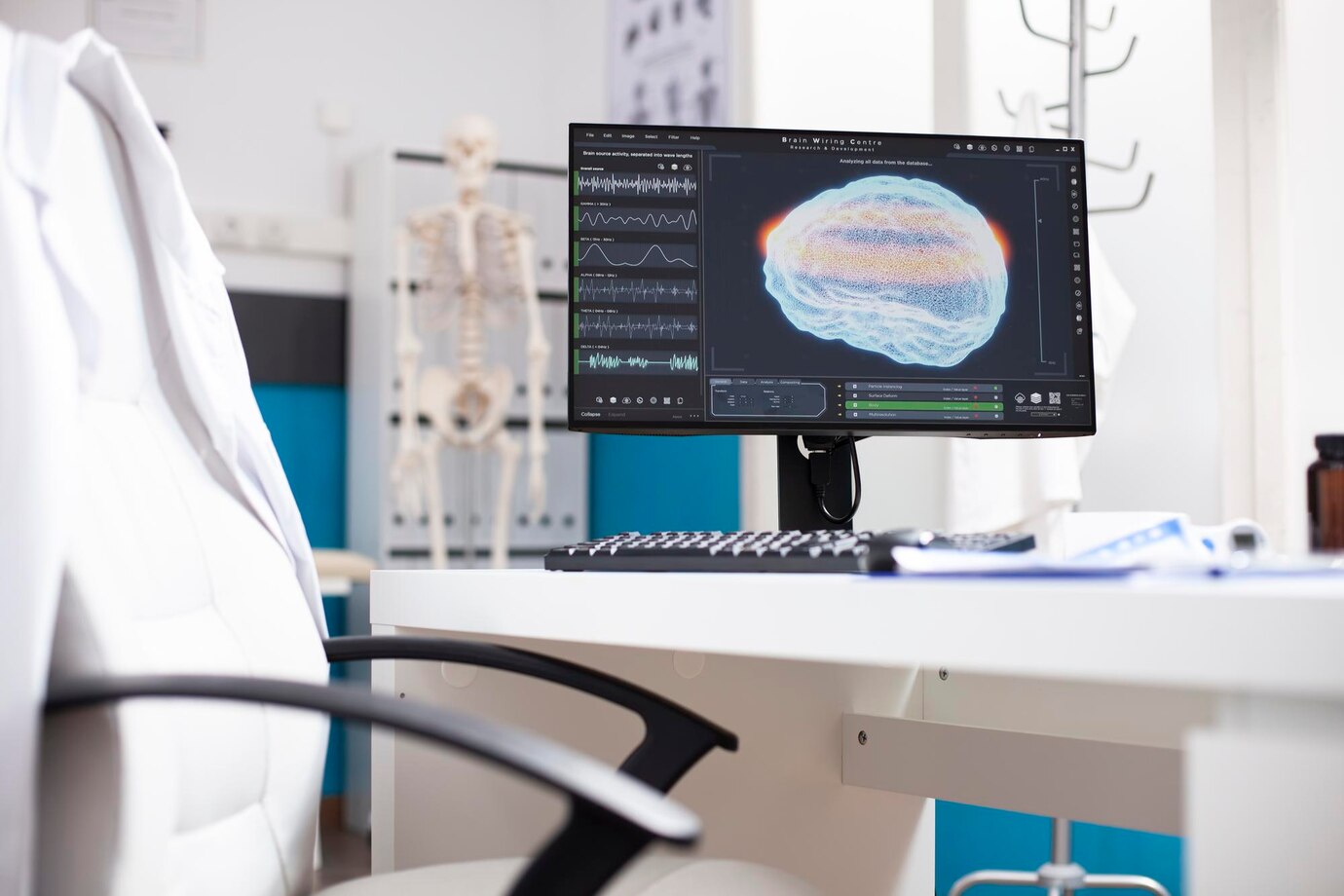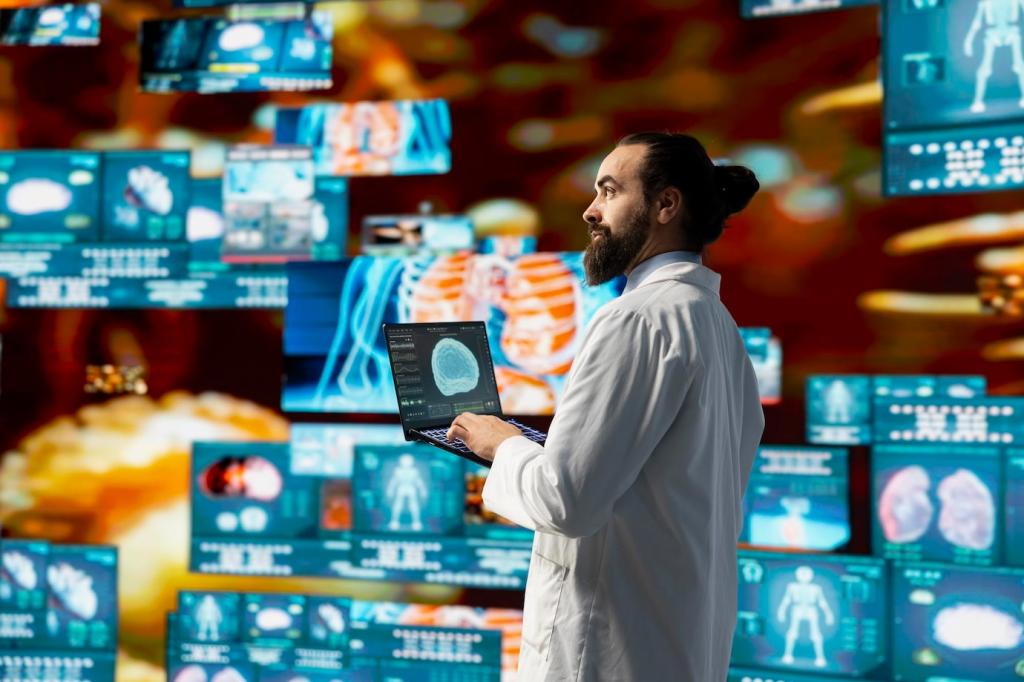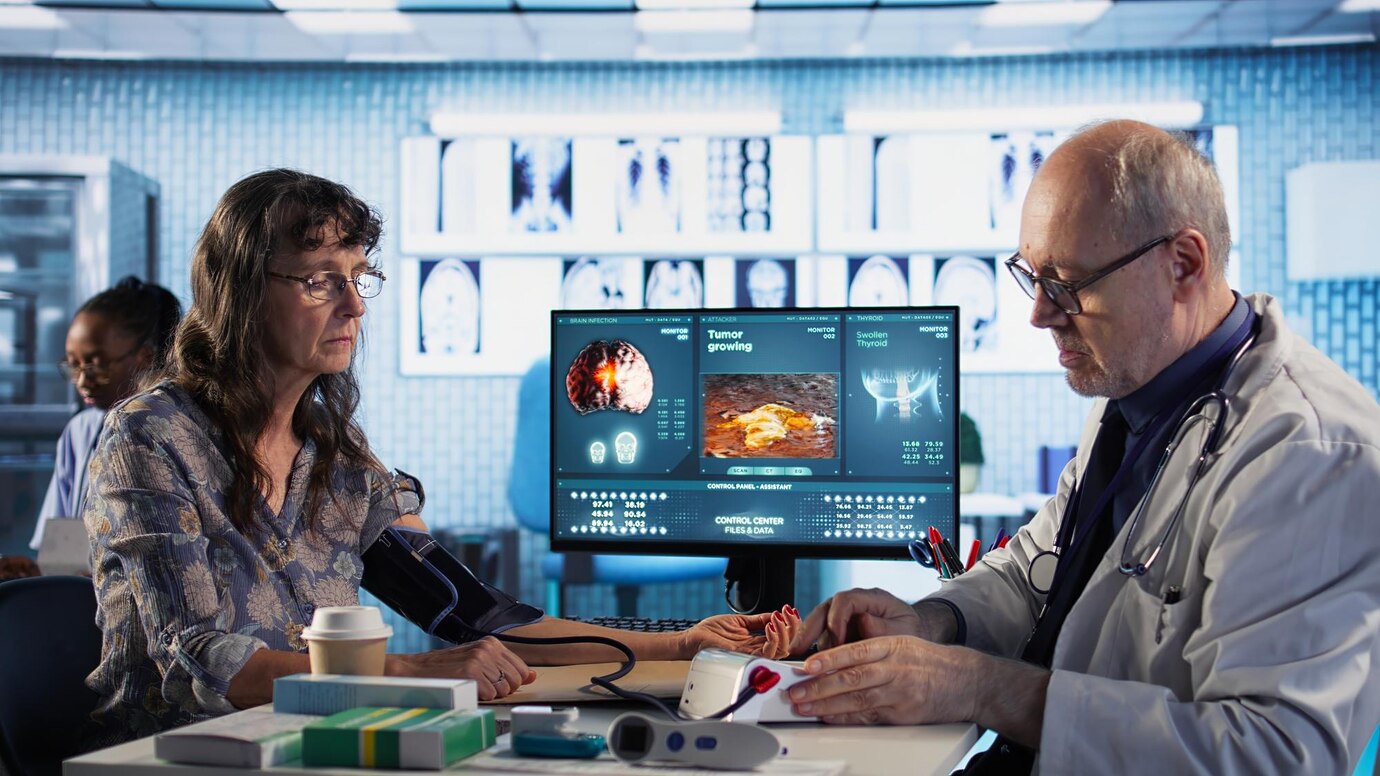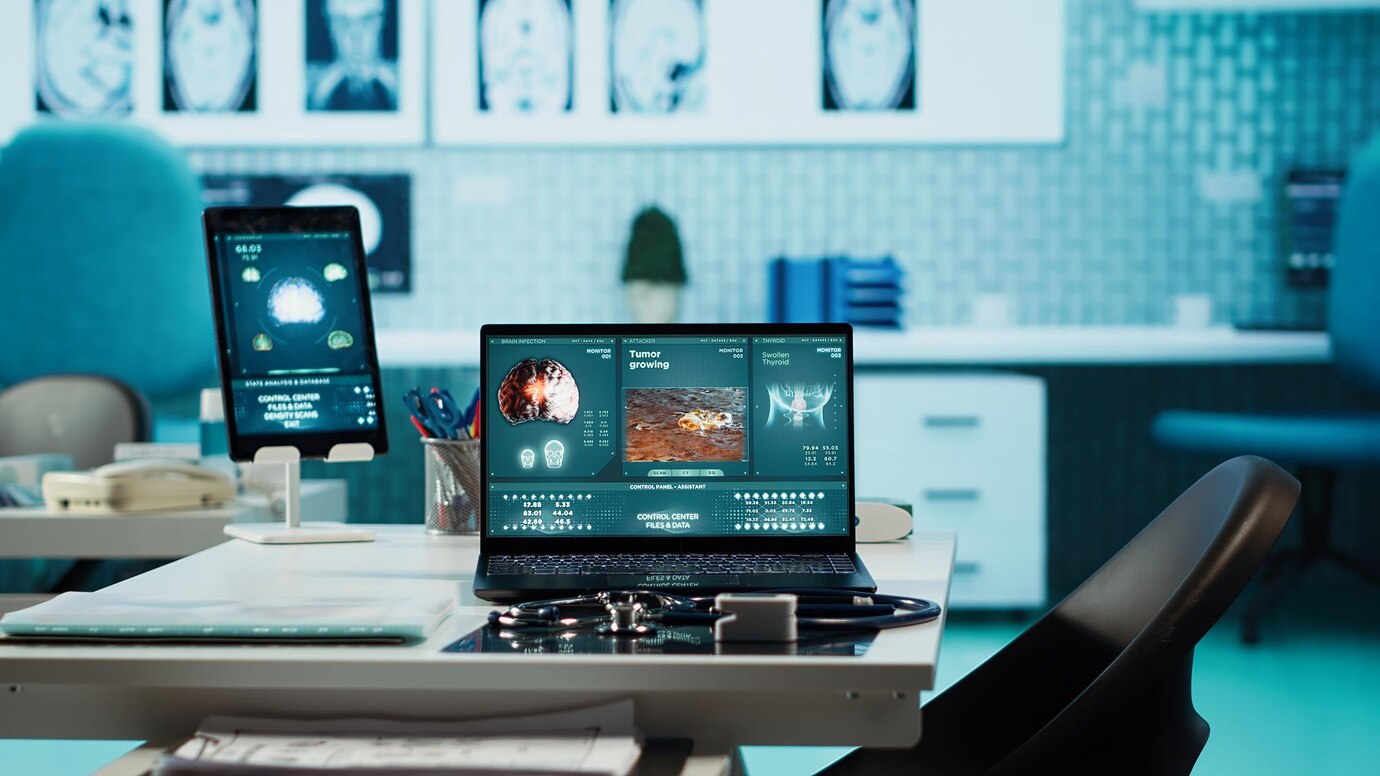AI Technologies Revolutionizing Surgery
Artificial intelligence (AI) is reshaping the field of surgery, ushering in a new era of precision, efficiency, and patient-centric care. From pre-operative planning to post-surgical recovery, AI-driven solutions are enhancing every aspect of surgical workflows. With advances in machine learning, computer vision, and robotics, AI is enabling surgeons to push the boundaries of what’s possible in the operating room. These technologies are not only optimizing outcomes but also paving the way for safer procedures and personalized treatment paths. As AI becomes more integrated into everyday surgical practices, the scope and scale of its transformative potential continue to expand.
AI-Driven Surgical Planning

Enhanced Imaging Interpretation

Predictive Outcome Modeling

Personalized Surgical Mapping
Intraoperative AI Assistance


